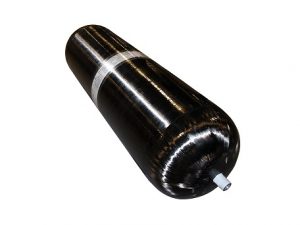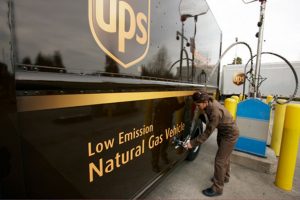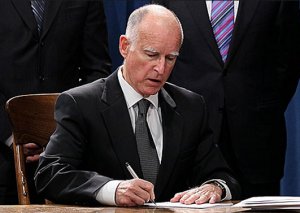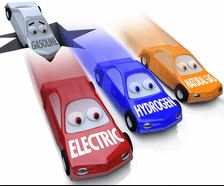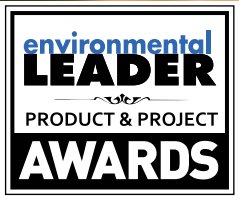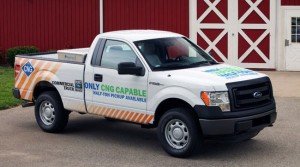eCanter electric truck comes to America: Daimler beat Tesla in bringing commercial electric trucks first to the U.S. market. Mercedes brought Mitsubishi Fuso’s eCanter electric trucks to 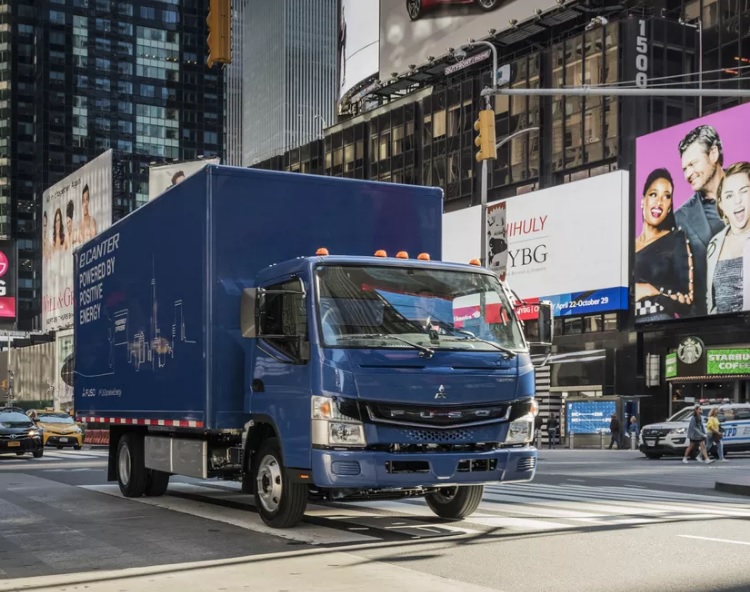 New York City yesterday. UPS, the Bronx Botanical Garden, Habitat for Humanity, and Big Reuse have begun two-year leases on a small number of the medium-duty electric trucks that can go up to 80 miles on a charge. Daimler had previously made a deal with 7-Eleven to send 25 of the trucks to Japan. The electric trucks can carry three to four and a half tons of cargo, which is a few tons less than the diesel equivalent.
New York City yesterday. UPS, the Bronx Botanical Garden, Habitat for Humanity, and Big Reuse have begun two-year leases on a small number of the medium-duty electric trucks that can go up to 80 miles on a charge. Daimler had previously made a deal with 7-Eleven to send 25 of the trucks to Japan. The electric trucks can carry three to four and a half tons of cargo, which is a few tons less than the diesel equivalent.
New president at NGV advocacy group: NGVAmerica named Daniel Gage as its new president, as previous president Matthew Godlewski leaves for a position with Ford Motor Co. Gage comes to the natural gas vehicle advocacy group from the Alliance of Automobile Manufacturers, where he served as senior director of communications and public affairs since 2011. He holds more than 20 years of experience in government and community relations and public affairs. “It’s a defining moment for natural gas in transportation,” said Gage, “and I am honored to lead a talented group of professionals dedicated to advancing cleaner air through the expanded use of natural gas innovation.”
Mazda’s plan to electrify fleet: Mazda Motor Corp. is planning on adding an electrified version to all of its vehicles by the early 2030s, according to a Kyodo News report. They’ll be all-electric, plug-in  hybrid, and hybrid vehicles. The company currently offers one hybrid vehicle, a version of its Mazda3, and has focused on its fuel efficient Skyactiv system in gasoline engines. Electric powertrain technologies are being developed and may be deployed in Mazda vehicles starting in 2019. At that time, the company plans to reveal a very efficient gasoline engine that be used in plug-in hybrid models. Mazda previously forged an alliance with Toyota to develop electrified technology.
hybrid, and hybrid vehicles. The company currently offers one hybrid vehicle, a version of its Mazda3, and has focused on its fuel efficient Skyactiv system in gasoline engines. Electric powertrain technologies are being developed and may be deployed in Mazda vehicles starting in 2019. At that time, the company plans to reveal a very efficient gasoline engine that be used in plug-in hybrid models. Mazda previously forged an alliance with Toyota to develop electrified technology.

